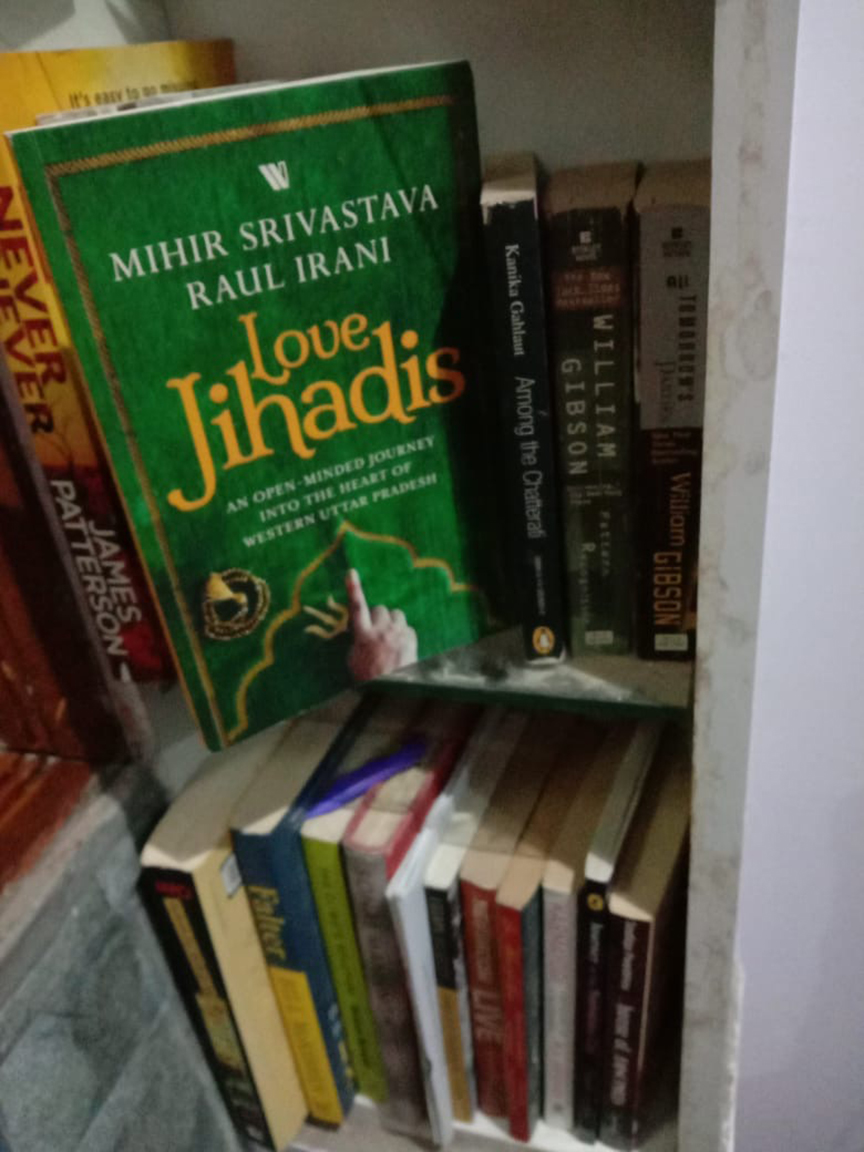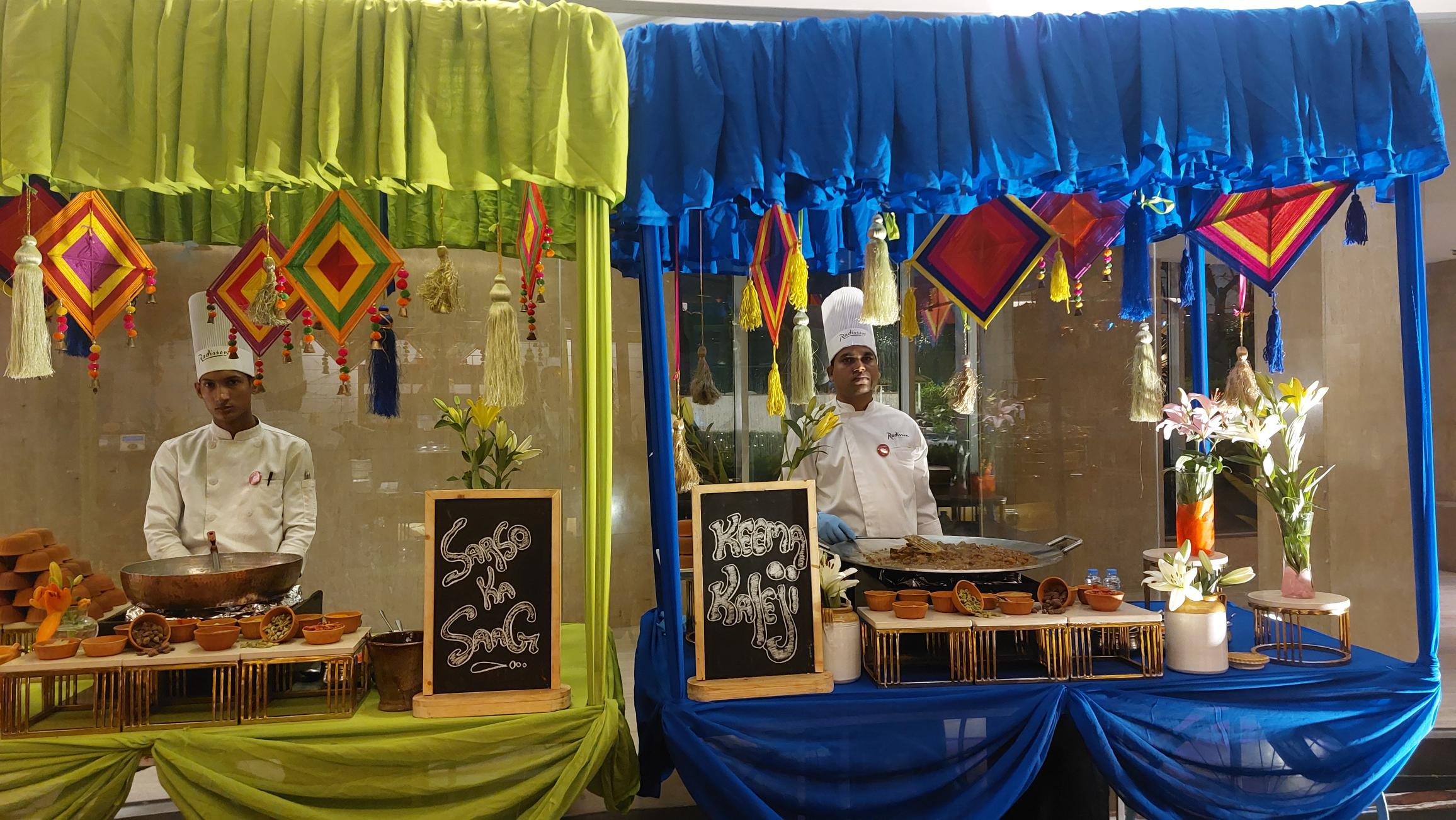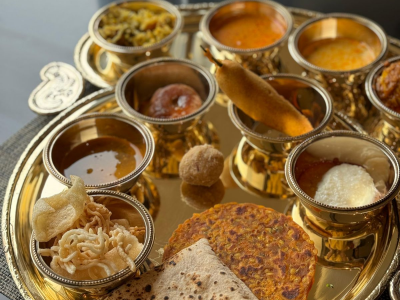A review of the book Love Jihadis: An Open-Minded Journey into the Heart of Western Uttar Pradesh by Mihir Srivastava and Raul Irani, in which they explore the mindsets that see sinister designs in inter-faith alliances
The cover of Love Jihadis designed by Saurabh Garge shows against a dark green background ‘marries’ two concepts, as explained on the last page. While performing namaz, ‘the index finger is pointed in the direction of Kaaba…While making that gesture, in the image, there is a woman holding a trishula or trident. The trident signifies that Shiva – the enlightened one – is beyond these three gunas or tendencies’ (rajas, tamas and sattva). ‘The trident and the finger together resemble Allah in the Arabic script. The image signifies unity in diversity…’
Of course, there is no such happy harmony in the minds of those who term romantic relationships between Hindu girls and Muslim men as a form of jihad. Incidentally, the reverse is not true, presumably because Muslim girls who marry Hindu men are not considered capable of converting their paramours, or ensuring their progeny will worship the one true God. The Hindu extremist fringe says that the end-goal is using Hindu wombs to increase the Muslim population, though why Muslim women cannot be used for such intense reproduction is not clear to most of us.
A character in this book – real names have been concealed — Das Mohammad, a journalist working for a Hindi daily, ‘exemplifies the rift between the two biggest communities in India’, as per the author, Mihir Srivastava. On a long drive in the dark, rapidly swallowing beer, Das’ polite façade dissolves and he rambles on while the author scribbles away in his notebook in the car. ‘These Hindu miscreants are cowards. They are like serpents. They wouldn’t dare venture out of their burrows if a person like the Mughal emperor Aurangzeb was ruling the country. They can be tamed by the use of power. But the power is not with Muslims…They should not forget the past…’
The past, or rather medieval India, is where most north Indians locate the beginning of the tension between the two religions, if Hinduism can be called that. In another long conversation with the manager of a cow shelter in Mathura, Sunil Singh, the general Hindu perception of Muslims in the region comes to light, which Srivastava summarises as: ‘Almost 80 per cent of Muslims were once Hindus and converted to Islam a few hundred years ago. They are good Muslims, and there’s a term for them in this region: Mev. They understand Hindu sentiments and respect them, and abstain from eating beef. They are even open to marrying their girls into Hindu families.’
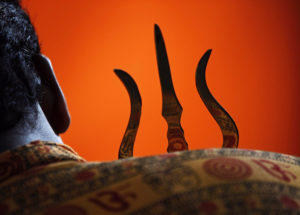
Of course, the term ‘love jihad’, as defined by politicians and perpetuated by the media, allows no such nuance, no such freedom of choice to inter-faith couples. One reason must be that ‘dating’ or marrying for love is very alien to the Hindu obsession with arranged marriages. This explains why the very idea that a Hindu girl has enough agency to seek love outside the family fold is anathema to the leaders of both communities. Patriarchal mindsets also regard Hindu girls as property (paraya dhan or property that must eventually be handed over to another) and the very idea that such ‘immoveable’ property acquires legs and walks over into another’s arms gives elders apoplectic fits.
No journalist worth his salt can write a pure travelogue, as he inevitably ends up digging up the dirt and conducting his own explorations of personalities made a cause celebre by other mediapersons. It helped that Raul Irani, the photo-journalist who accompanied him, had once been a part of the local media. Irani’s lens deftly captures local colour, making everyday images seem exotic, That is probably why this slim 155-page book is termed part-travelogue, part-investigation.
The blurb says the book is an ‘insightful examination of a region (western Uttar Pradesh) that is disproportionately influential in national politics.’ The reader may not be sure if this is so, and the book does not substantiate this claim. Certainly, west UP gave India farm leaders like Charan Singh, who went on to become prime minister, and Mahendra Tikait, a fierce fighter for farmers’ rights. In the last decade, the region was in the headlines for the Hindu exodus from Kairana and a re-conversion of Muslims in Agra.
Meerut district, where most of the duo’s travels took place, has often erupted into riots, a legacy perhaps of the fact that displaced Muslims settled here after Partition, transplanting their skills in making sports goods but also causing resentment among locals. Then there was the infamous Hashimpura incident of 1989, when UP’s ‘Provincial Armed Constabulary (PAC) shot 42 Muslims in cold blood and dumped their bodies in a nearby irrigation canal.’ Contrarily, it is also the home of Rida, a Muslim girl who made headlines for reciting Gita shlokas – and a cleric in his sixties who claims the city’s secular credentials are intact.
Whatever the larger picture, when it comes to inter-faith alliances, all hell breaks loose. The authors’ first port of call is Sarawaha village in Meerut district, where the purdah system is prevalent among both Hindus and Muslims. After graduation, she taught in a primary school run by a relative, where part of her Rs 500 salary was appropriated by the man. Then a madrassa advertised a post at four times the salary. After joining, she confessed to a friend ‘Pooja’ that she felt attracted to Islam. The friend introduced her to Kalim, a self-employed maker and seller of cottage cheese.
One thing led to another, as it does at that age, and she became pregnant. They were of course terrified, unprepared to come out to the world. Then a complication occurred and she had to undergo a medical termination of pregnancy, staying away from home for three days. On her return, she had no choice but to go into full confessional mode with her family.
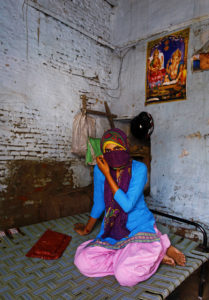
As Srivastava puts it so evocatively, “All these able-bodied men in Shallu’s life felt emasculated by her defiance. In their eyes, she was a threat to the good reputation of their village, their traditions and their culture.” Thus started a sordid saga of house arrest, rape charges and lawyer manipulations – until finally, a couple of years and much drama later, the couple managed to marry and had a child.
The whole patriarchal miasma is explained to the authors not by a man, but a woman, Chetna Devi, charismatic leader of an outfit called Akhand Hindustan Morcha. Her ‘scientific’ explanation of love jihad is memorable, perhaps the best takeaway from this book: ‘…since Muslims as a community are relatively poor, they live in small houses without privacy. Young children, therefore, witness their parents in the act of sex very early on. Since they are initiated into sexual intimacy early, they are better at satisfying a woman’s desire. Therefore, when a Hindu girl experiences intimacy with a Muslim boy, she falls madly in love, and even the honour of her family becomes a secondary consideration.”
This is wrong on so many counts but they are too obvious to enumerate here. Instead, here’s a poser: To counter ‘love jihad’, why don’t Hindu men cultivate the same sensuality? That would be so much fun, for them as well as the women they pursue, while also letting them uphold the value of non-violence for which the whole world once praised India. A battle that is fought in bed must ultimately be settled in bed. But that would deprive ‘Hindu’ movies of all their melodrama, fiery dialogues, rape scenes and moral lessons.
Westland Books, Rs 499/-, 155 pages

